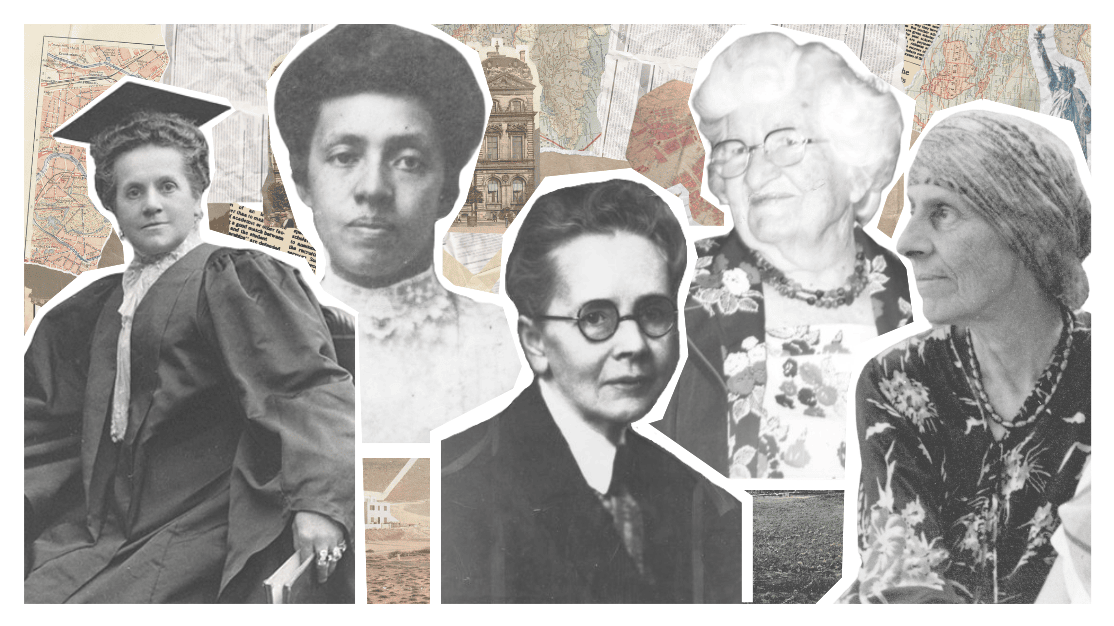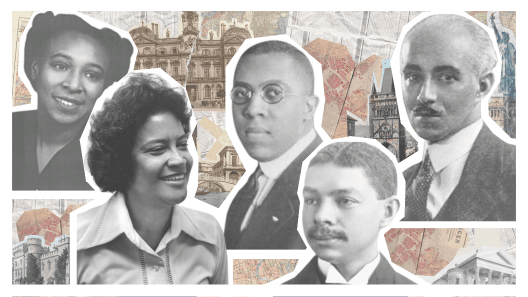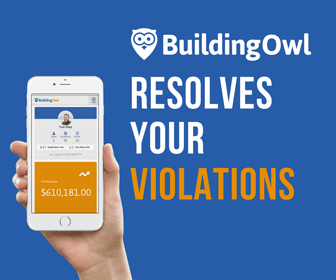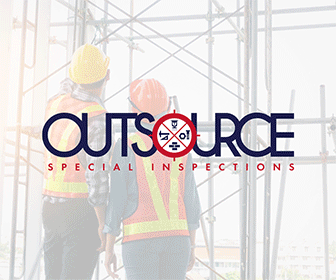
NYC Ahead of White House Development Toolkit
The Obama Administration recently published a Housing Development Toolkit that aims to promote urban development by emboldening developers and bypassing bureaucracy. In many instances, New York City, with its recently passed Mandatory Inclusionary Housing (MIH), is a step ahead of the Toolkit’s core objectives. Other recommendations are impractical or politically untenable for the city. Here are the ten principles in the Housing Development Toolkit and their potential for implementation in New York.
Establish by-right development
By-right development is essentially development without review, which may include public hearings that lead to a City Council member rejecting controversial projects. By-right development for new buildings is complicated in an overdeveloped city like New York. Most of the available sites are either small or hazardous “brownfields” requiring City Planning or BSA approvals to allow residential development at all, let alone more FAR or lot coverage than allowed by the Zoning Resolution.
Tax Vacant Land or Donate it to Non-profit Developers
There are over 10,000 vacant lots in New York City, most lying in Staten Island. Currently residential lots enjoy a low tax rate of 6% market value. Increasing that tax rate would generate revenue and encourage development, but would be met with resistance from the real estate industry. There’s also concern that raising the tax would rush many owners into hasty, small scale developments that wouldn’t significantly impact New York City’s housing shortage. As for donating vacant lots to non-profits, a sort of real estate version of the Cash for Clunkers program is unlikely to happen in New York City.
In many instances, New York City, with its recently passed Mandatory Inclusionary Housing, is a step ahead of the Toolkit’s core objectives.
Streamline or Shorten Permitting Processes and Timelines
The Department of Buildings has taken major steps to streamline application and permit filing by digitizing the process. In 2011, it launched the Development Hub, an online portal where design professionals can interact with plan examiners, get comments, edit and submit plans. In 2015, the Department launched Inspection Ready, a portal where licensees, architects and engineers can schedule and report construction inspections. As part of that program and in the spirit of digitization, inspectors were newly equipped with tablets to record data. In 2016, the Department released DOB Now, a portal for application submittal, appointments and payments. Though DOB NOW is currently limited to inspections, certain job types and compliance filings, it’s future aims are all encompassing.
Though many components of filing can be digitized, New York City is still incredibly complex for development. Due to the lack of clean sites, the complexity of projects and the breadth of building code to navigate, hurdles such as BSA approvals, OER reviews, City Planning involvement, amendments and reconsiderations will always be a part of development.
Eliminate Off-street Parking Requirements
Parking has seen better days in New York City. More and more commercial parking lots and garages are giving way to residential development. In 2016, the parking lot at 85 Jay Street in Brooklyn sold for an astonishing $345 million. The NYCHA is even allowing development over some of its parking sites as part of land lease. It’s increasingly hard for a parking lot business to hang on when the incentives to sell or lease are so tempting.
The elimination of required off-street parking, like many of the Obama Administration’s housing objectives, is addressed in the MIH amendment. The MIH amendment created “transit zones” in the outer boroughs of the city. Off-street parking requirements are waived in transit zones if the new residence qualifies as affordable or senior housing.
Allow Accessory Dwelling Units
An accessory unit is essentially allowing conversion, particularly an additional unit within a freestanding house in low residential zone. Adding an accessory dwelling unit means upzoning the least dense residential districts, for example changing an R2 to an R3. Zoning in New York City doesn’t currently allow upzoning and it’s unlikely to get much political traction. Few owners in these districts want upzoning or extra units, despite the financial opportunities.
Establish Density Bonuses
Density bonuses are a reward for allocating a certain percentage of units as affordable. MIH incentivizes developers by granting more FAR (and thus more units) if a percentage of the units are affordable (20%).
Employ Inclusionary Zoning
MIH made inclusionary housing mandatory within newly created Inclusionary Housing Designated Areas.
Establish Development Tax or Value Capture Incentives / Use Property Tax Abatements
New York’s popular 421-a tax exemption for new multi-unit residential development expired, though there have been whisperings of a substitute exemption. The Housing Development Toolkit does cite New York City’s lesser know 420-c incentive for low-income housing as a model of a tax incentive.
Have a development project in New York City and need code consultation or expediting. Contact Outsource Consultants here.








